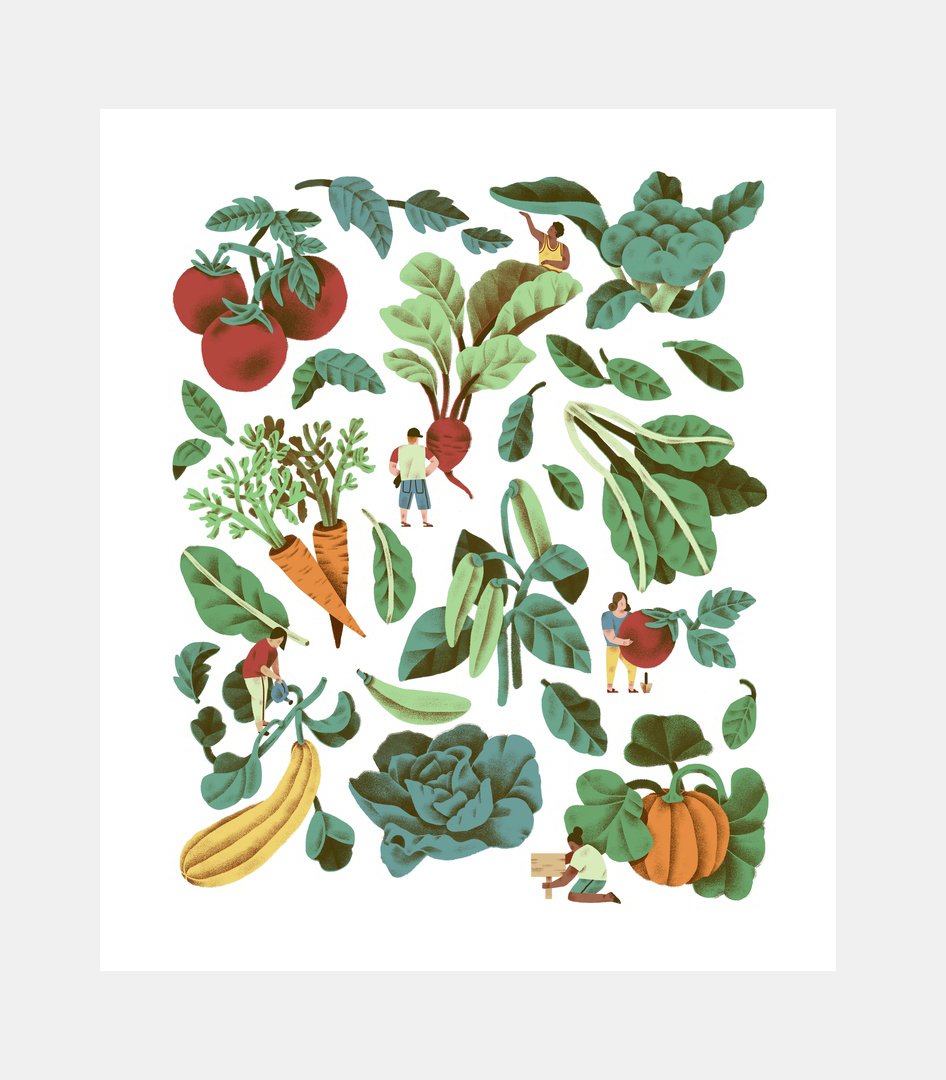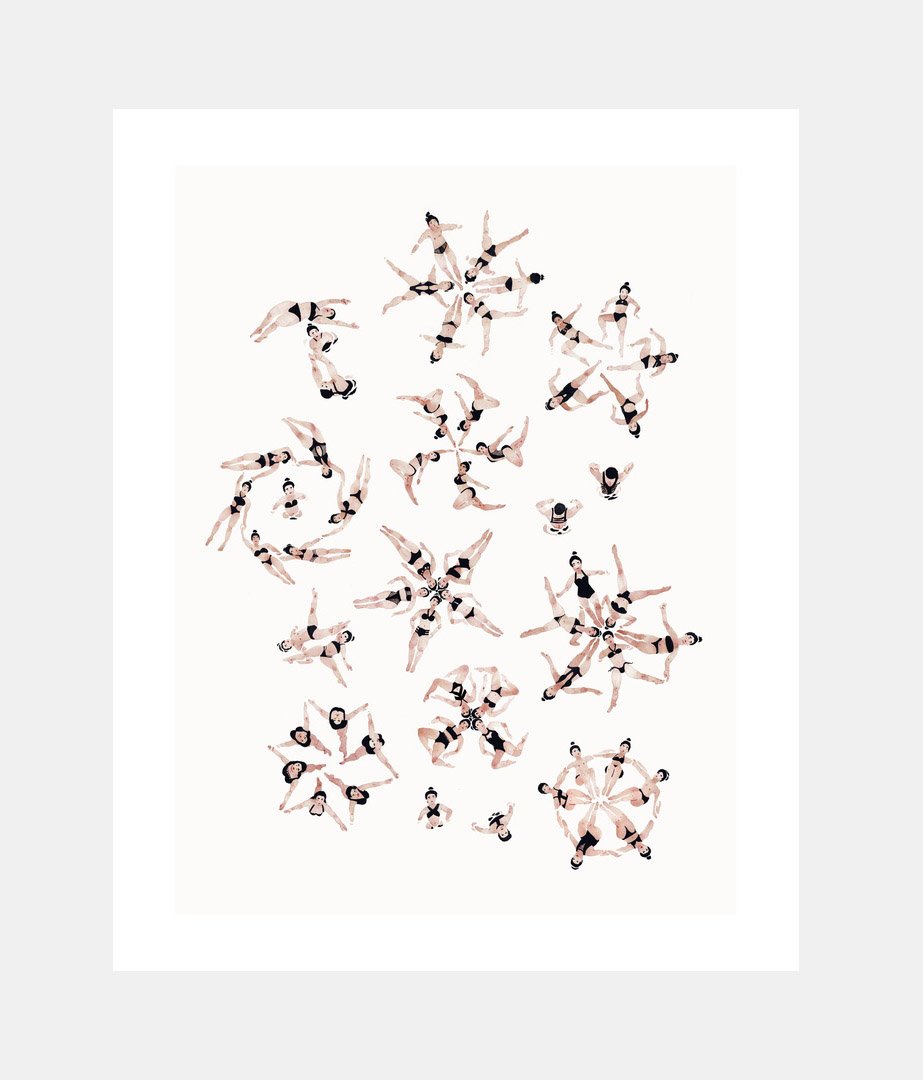Container Growing: 'Jade Cross' Brussels Sprouts
‘Jade Cross’ Brussels Sprout, maturing plant
'Jade Cross' Brussels Sprouts are a hybrid seed boasted to have an early maturation period and resilient nature in particularly cold climates. Deep green hued, sprouts are clustered closely on rigid medium-sized plants.
How to Grow:
I purchased my seeds from Veseys and according instructions seeds should be planted about 1⁄4 - 1⁄2 inches deep in the soil. When transplanting or thinning small plants, space them out 15 - 18 inches apart in rows that are 32 - 36 inches apart. If you're directly seeding in late spring, the seedlings can handle a bit of frost. For best results, aim for soil temperatures between 21 - 26 degrees Celsius to ensure germination within 4 to 7 days. Matures in 95-105 days.
Seed Review:
I focus on experimental urban gardening in small spaces, emphasizing low-maintenance, dense, wild plantings. My container garden is on a city rooftop and I grow exclusively in pots, planters, and raised garden beds designed for decks.
My Garden Conditions:
| Zone: | 6a |
| Sun: | Full |
| Heat: | High |
| Wind: | Exposed |
| Humidity: | Average |
location_on Toronto, Canada
Starting From Seed
Although brussels sprouts are resilient to the cold and can be started outdoors, with Toronto’s short growing season these benefit from starting indoors early. I planted my ‘Jade Cross’ brussels sprouts in seedling trays a few weeks before last frost along with my other brassicas including kale. I found these to germinate easily and didn’t have as much sensitivity to legginess from too much indoor heat, even so, try to keep room temperatures cool.
Growing tray with various seedlings
Growing in Containers
Once a couple sets of true leaves have grown in, I transitioned to hardening off my seedlings outdoors, mulching with coco coir to help keep the soil warm. For container growing, although a little snug, I added 2 seedlings in each of my large planters measuring 29 x 10” rectangular.
Freshly transplanted ‘Jade Cross’ Brussels Sprout with two sets of true leaves
Adjusting to Light Frost
Because spring weather fluctuates wildly in Toronto, we had a few cold snaps - and although brussels sprouts are able to withstand a light frost without a problem, because these were new transplants, they still underwent stress. You can tell by the limp yellowing leaves.
Cold stress from early spring transplanting, shown through yellow leaves
I added fleece to help transition them into spring and after adjusting (resilient indeed!) they took off.
Growing Throughout the Season
These grew quickly! The foliage developing large lush in compact plants. Side-dress the plants with a balanced fertilizer high in nitrogen once a month during the growing season to encourage vigorous growth and abundant yields.
Pests! Pests! Pests!
Cabbage whites or cabbage butterflies are a nuisance for my brassicas in the garden. Because these brussels sprouts grew in a short compact way, I was able to simply hose off any caterpillars as I saw them with simple water. You can hand-pick caterpillars off as well, and use netting over the plants if cabbage whites are a particular problem in your garden.
The biggest problem I had were aphids. You can see with the photos progressing below that the plants start getting weaker throughout the season - this is because aphid infestations were a constant (and losing) battle…
Cabbage white butterfly, common pests for brussels sprouts
Nearing the End of Season
By late summer, my wild garden was starting to peter out; night time temperatures were cooling and my peppers had its days numbered. But, this was when the brussels sprouts were peaking and about ready to harvest.
Late rooftop season garden by end of summer / early fall in Toronto
Harvesting The Sprouts
Each plant yields uniform and delectable 1-inch buds consistently over 4 to 6 weeks. Begin harvesting from the bottom of the stalk, working your way up as the lower sprouts reach maturity. Leave the top of the plant to continue producing sprouts for an extended harvest period.
You can see in a container, the sprouts were forming into properly sized buds - maybe a fraction smaller than if they were spaced wider in a garden bed. Like the photo below, one plant would end up out-competing its companion and I would simply use the smaller one for its leaves.
Mature ‘Jade Cross’ brussels sprout plant
Sprouts beginning to form on stalk
Preparing and Cooking
The aphids were ravenous at the end of season, coating my plants faster than I could blast them off with a hose. Because of my persistent aphid problem, my plants had trouble staying healthy, loosing leaves rapidly and with feel autumn approaching, sunlight was becoming more scarce. I was only able to harvest one round of small-sized brussels sprouts. You can also see the buds were looser with some minor blemishes. Despite this, they baked deliciously with a dash of salt and pepper.
A small harvest of brussels sprouts with minor aphid damage
Don’t Forget the Leaves
Brussels sprout leaves are just as good as the buds! I would harvest a few leaves throughout the season (still leaving plenty behind for growth), picking from the bottom-up to stir fry with that day’s meal. Eat the entire leaf including the stem! Mince these into small sizes to be on par with cooking times with the thinner outer leaves.
Brussels sprout leaves have a nice thick texture and can even be dehydrated into chips with a light coating of oil and sprinkle of salt.
Harvesting brussels sprout leaves with various leafy greens for stir frying
Prepared in a dehydrator, they can also be made into chips
Making a Meal
When the plants were ready to be torn down, I harvest the remainder of the foliage for our camping trip at Opeongo Lake (which you can read here!). Wrapped in a moist cloth or paper towel, these kept fresh and crisp during the long commute to the park.
Bring your garden harvest camping! Fresh greens on a backcountry adventure
Final Thoughts
Brussels sprouts are one of my favorite brassicas to eat but unfortunately I found them to be very difficult to grow in my container garden because they were massive aphid magnets (I’ve had friends have the same issue). You can prevent this by covering your crops with fabric but I prefer keeping all my plants uncovered so I can invite beneficial insects to thrive as well. At one point, I had lady bugs fending off the aphids but they were gone late season on my final wave of infestation.
There is nothing wrong ‘Jade Cross’ itself! It’s a good variety if you want to try your hand at growing brussels sprouts yourself but be warned with the lengthy time they take to mature and with Toronto’s short growing season, it may not be worth growing in a small home garden if you’re strapped for space. There are so many compact brassicas you can grow instead like our trusty kales. This is a crop I happily buy from our local farmers.
Do you have any growing tips or experience with this crop? Comment below!
Support my Work by Purchasing an Art Print!
More Seed Reviews:




















'Jade Cross' Brussels Sprouts are a hybrid seed boasted to have an early maturation period and resilient nature in particularly cold climates.